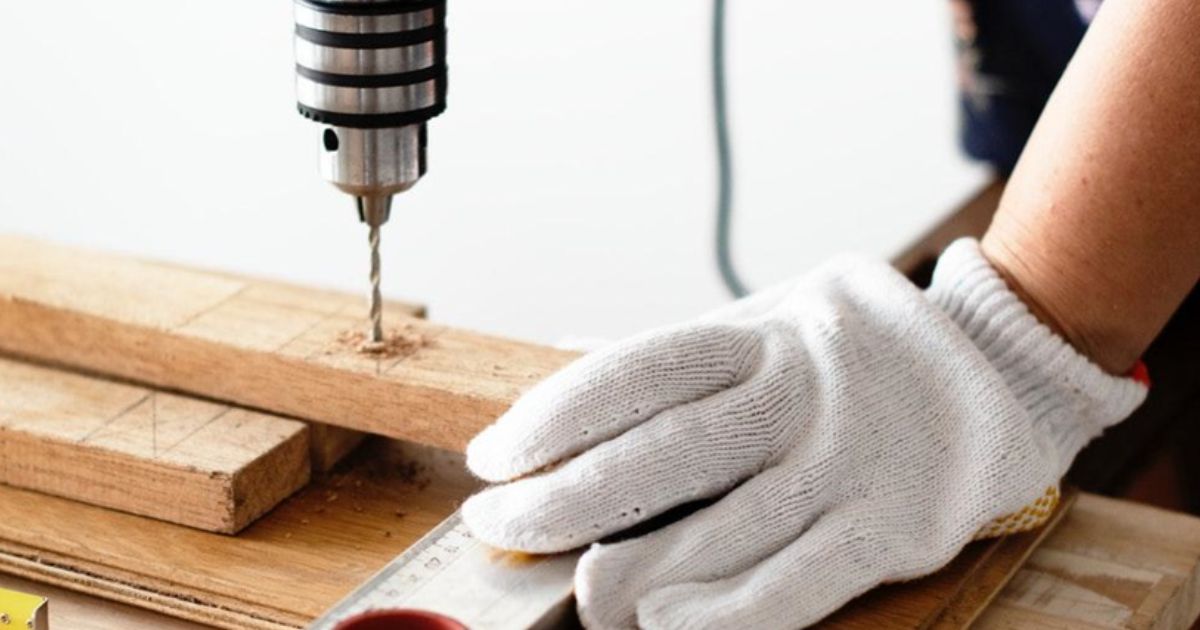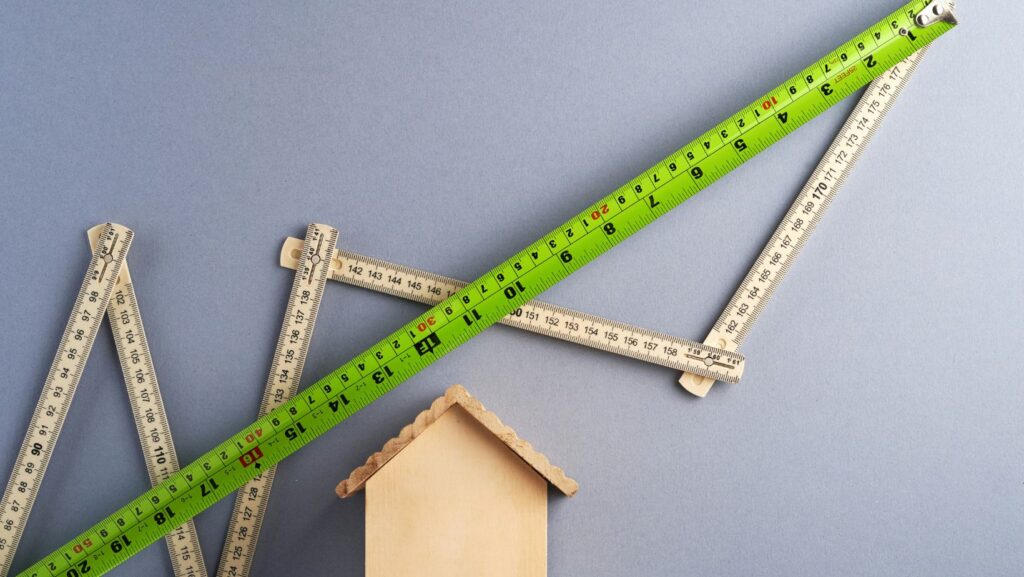Owning a home comes with its fair share of responsibilities, and one of the most important is maintaining it through regular repairs. From plumbing issues to fixing a leaky roof, home repairs can range from minor to major projects, and understanding how to tackle these efficiently is key to keeping your home in good condition. Knowing how to handle common repairs can save you time, money, and stress in the long run.
This guide will walk you through some of the most common home repairs, offering tips on how to approach them safely and effectively, whether you’re a DIY enthusiast or prefer to call in a professional.
Fixing Leaky Faucets
One of the most common and annoying home repair issues is a leaky faucet. Not only is the constant dripping sound frustrating, but it can also lead to higher water bills and wasted resources. Fortunately, fixing a leaky faucet is usually a simple task that doesn’t require professional help.
Start by turning off the water supply to the faucet. Next, disassemble the faucet to identify the problem—often, it’s a worn-out washer, O-ring, or valve seat that needs replacing. These parts are inexpensive and easy to find at any hardware store. Once replaced, reassemble the faucet, and the leak should stop.
If the problem persists after you’ve replaced these parts, there may be a more significant issue with the faucet that requires the help of a plumber.
Dealing with Electrical Repairs Safely
Electrical issues can be some of the most daunting and dangerous home repairs to tackle, especially for those without experience. Simple tasks like changing a light bulb or resetting a tripped circuit breaker are fine for most homeowners, but when it comes to more complex issues, like rewiring or dealing with faulty outlets, it’s best to call in a professional. When attempting any type of electrical repair, safety should always be your top priority. Always turn off the power to the area you’re working on at the breaker box before starting any electrical project.
If you’re not confident in your ability to handle an issue, such as installing a new light fixture or replacing an outlet, it’s safer to hire a licensed electrician. Electrical work can be dangerous, and mistakes can lead to fire hazards, electrocution, or further damage to your home. While it might be tempting to tackle electrical issues on your own to save money, remember that the risks often outweigh the benefits. Hiring a professional electrician ensures the job is done correctly and safely, saving you from potential disasters down the road.
Unclogging Drains
Clogged drains are another frequent household issue, especially in kitchens and bathrooms. A slow or completely blocked drain can quickly become a nuisance, but it’s usually easy to fix if caught early.

The first step in unclogging a drain is to try a plunger. A few strong pumps can often dislodge the blockage. If that doesn’t work, a mixture of baking soda and vinegar can sometimes break down the clog. Pour a half-cup of baking soda down the drain, followed by a half-cup of vinegar. Wait about 15 minutes, then flush with hot water.
For tougher clogs, you may need to use a drain snake or auger, which can reach deeper into the pipes to remove the obstruction. If none of these methods work, calling a plumber may be the best option, as persistent clogs could indicate a more serious plumbing issue.
Repairing Drywall Holes
Drywall damage is inevitable in any home, whether it’s from a door slamming into a wall or an accidental knock. The good news is that repairing small holes and dents in drywall is relatively straightforward and can be done with just a few supplies.
For small holes, all you need is some spackle, a putty knife, and sandpaper. Start by filling the hole with a spackle, using the putty knife to smooth it out. Once it’s dry, sand the area to create a smooth surface and paint over the patch to match the surrounding wall.
Larger holes may require a bit more work. You’ll need a drywall patch, which you can find in most hardware stores. Attach the patch over the hole, apply joint compound, and then sand it smooth once it’s dry. With some patience and the right tools, even bigger drywall repairs can be managed effectively.
Patching a Leaky Roof
A leaky roof can quickly escalate from a minor inconvenience to a major problem if not addressed promptly. Water damage from roof leaks can compromise the structural integrity of your home and lead to mold growth. Fortunately, minor leaks can often be repaired with minimal tools and expertise.
To start, inspect the roof from the outside for any missing or damaged shingles. If you find the source of the leak, use roofing cement to patch the area. For small holes, applying a layer of cement and covering it with a new shingle may suffice. Make sure the surrounding area is dry before applying any patching material.
If you’re not comfortable working at heights or if the damage is extensive, it’s wise to hire a professional roofer to assess and fix the problem. Ignoring roof leaks or attempting a temporary fix without the right materials can result in more costly repairs later on.
Unexpected home repairs, such as addressing severe roof damage or water infiltration, can place a significant strain on your finances. If you find yourself facing repair costs beyond your budget, exploring financial assistance options like emergency loans can help bridge the gap. These loans are designed to provide quick access to funds, ensuring you can address critical issues promptly without compromising your home’s safety or structural integrity.
Replacing or Fixing a Toilet
Toilets are one of the most frequently used fixtures in the home, and issues such as constant running water, clogs, or weak flushing can arise over time. Fortunately, many common toilet problems are easy to diagnose and repair.

For example, if your toilet is running continuously, the issue is likely with the flapper valve or the fill valve. Replacing these components is relatively simple and can be done without professional assistance. If the toilet is clogged, a plunger or toilet auger can usually clear the blockage.
In cases where your toilet is leaking or showing signs of wear and tear, you may need to replace it entirely. While replacing a toilet might sound intimidating, it’s actually a straightforward process that many homeowners can handle with a little guidance. Be sure to follow the manufacturer’s instructions carefully and take your time to ensure all the parts are properly installed.
Preventing Future Issues Through Maintenance
The key to handling common home repairs efficiently is prevention. Regular maintenance helps prevent small issues from turning into costly repairs. Create a checklist of monthly, seasonal, and annual tasks that cover the major systems and components of your home.
For example, inspect plumbing fixtures for leaks, clean your gutters to prevent roof damage, and test smoke detectors regularly. Keeping your HVAC system in good condition by changing filters and scheduling annual inspections can also extend the life of your heating and cooling units.
By staying on top of maintenance tasks, you can avoid many common home repairs altogether and ensure your home remains safe and comfortable for years to come.
Home repairs are an inevitable part of homeownership, but they don’t have to be overwhelming. By learning how to address common issues like leaky faucets, clogged drains, drywall repairs, and electrical repairs, you can save money and keep your home in good working order.
For more complex or potentially dangerous repairs, don’t hesitate to call in a professional. Knowing when to seek expert help is just as important as handling smaller tasks yourself. With the right tools, knowledge, and approach, you can tackle home repairs efficiently and keep your house in top shape.
